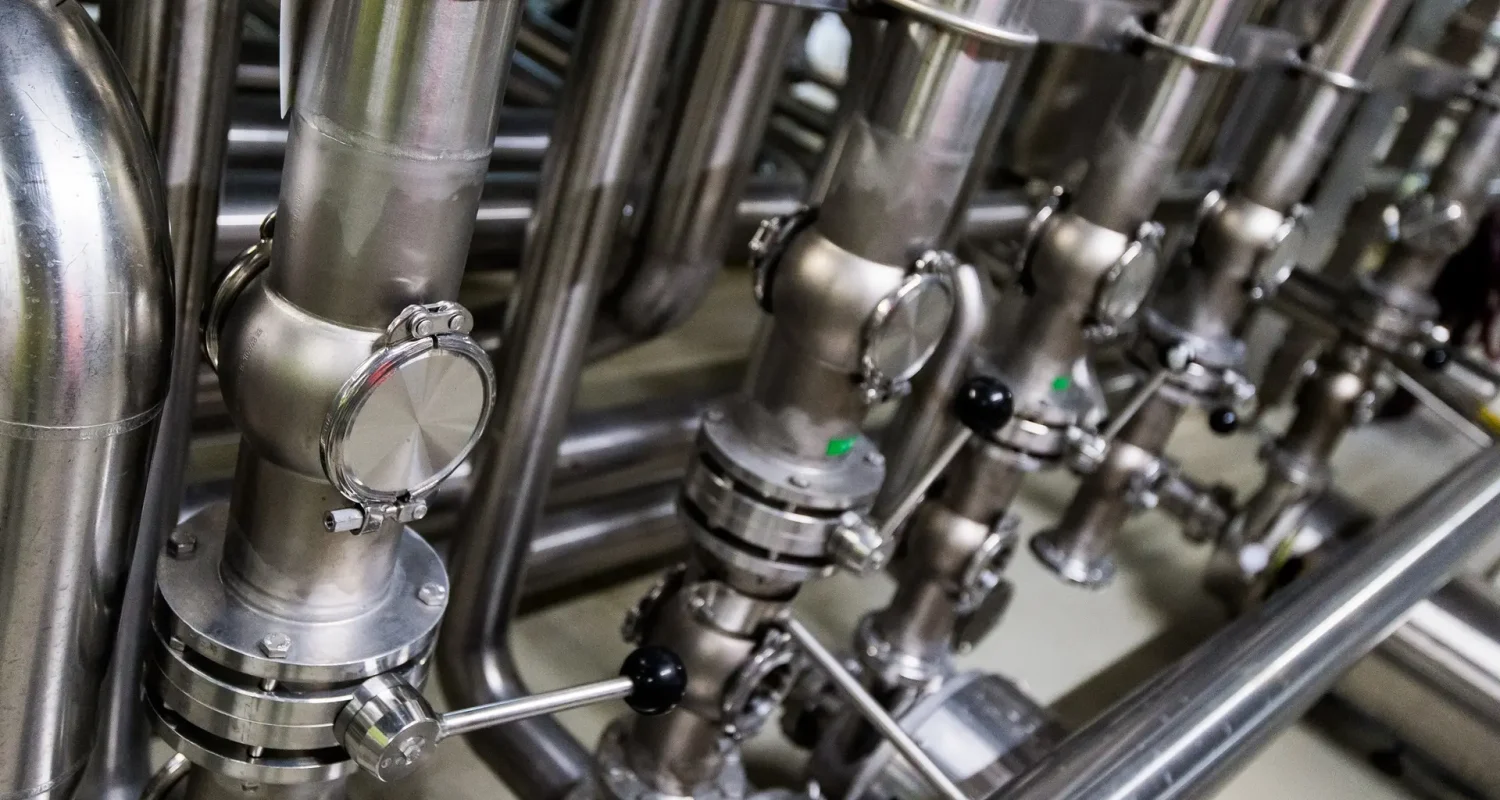1. Understand Your Application Requirements
Before selecting a valve, you need to clearly define the conditions in which it will operate. Key factors include:
-
Type of fluid: Liquid, gas, steam, or slurry
-
Operating temperature and pressure
-
Flow control requirements (on/off vs. throttling)
-
Frequency of operation
-
Industry standards or certifications (e.g., ISO, API, CE)
By understanding these parameters, you narrow down the types of valves that will meet your specific needs.
2. Choose the Appropriate Valve Type
Each valve type has unique benefits and limitations:
-
Ball Valves: Ideal for quick shut-off and high-pressure applications.
-
Butterfly Valves: Lightweight, cost-effective, and great for large diameter pipes.
-
Gate Valves: Suitable for applications where minimal flow restriction is needed.
-
Globe Valves: Designed for precise flow control.
-
Check Valves: Prevent reverse flow and protect pumps and compressors.
Selecting the wrong type can lead to excessive wear, leakage, or reduced system efficiency.
3. Consider Material Compatibility
The valve body and internal components must be compatible with the fluid type and operating conditions. Common materials include:
-
Stainless Steel: Corrosion-resistant, ideal for aggressive or hygienic applications.
-
Carbon Steel: Strong and cost-effective for high-pressure systems.
-
Brass/Bronze: Good for water and non-corrosive fluids.
-
PVC/Plastic: Lightweight and resistant to certain chemicals, but with lower temperature and pressure limits.
4. Factor in Maintenance and Lifecycle Costs
While a lower-cost valve might seem appealing initially, frequent maintenance or premature failure can lead to higher total costs. Look for features like:
-
Replaceable seals and seats
-
Easy access for servicing
-
Long-life cycle testing data
5. Don’t Overlook Automation Compatibility
In many modern industrial systems, valves are integrated into automated control networks. Ensure the valve design can accommodate actuators, sensors, or positioners for remote operation and monitoring.
6. Work with a Trusted Supplier
Partnering with a reputable manufacturer or distributor ensures you receive products that meet international quality standards, come with technical support, and offer traceable quality documentation.
Conclusion
Choosing the right valve is a critical step in designing a safe, efficient, and sustainable industrial system. By evaluating application needs, valve type, material compatibility, and lifecycle costs, you can ensure optimal performance for years to come.
At UNOX, we provide a wide range of industrial valves engineered for precision, durability, and adaptability—helping you find the perfect fit for your specific application.

